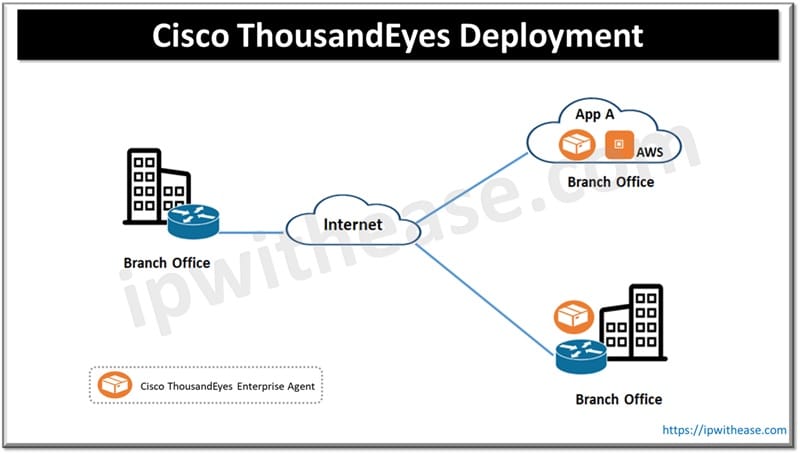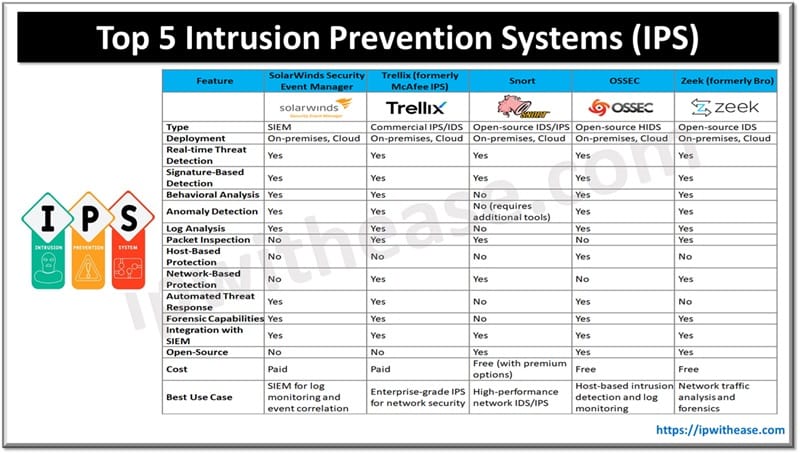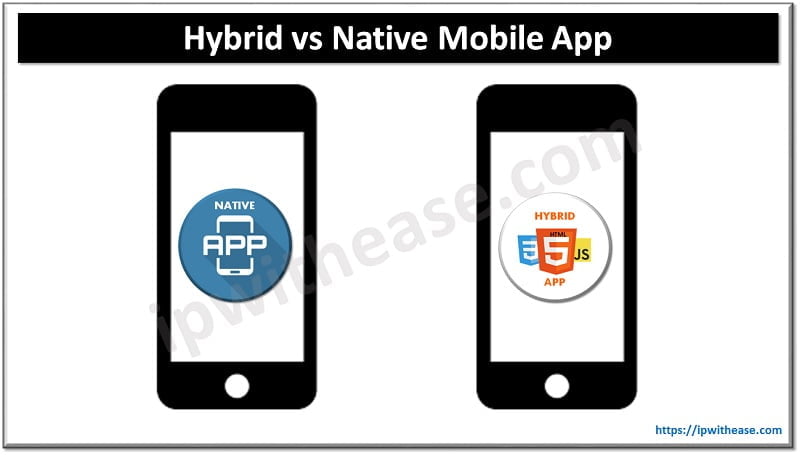Table of Contents
In the earlier days, network monitoring and management was performed using a variety of diverse tools such as syslog, Nmap, SNMP, packet flow capture tools. These tools were sufficient enough to provide visibility into the network but as modernization happened and organizations started moving to cloud computing the traditional way of operating changed drastically.
The physical network boundaries started diminishing fast and resources became highly scalable so as to adjust business demands. The traditional network tools could not cope up with scalability requirements of cloud or Internet and created a blind spot.
As applications and services moved out of traditional data centers, SaaS applications and services became a major point of focus in customer experience the need for a more intelligent and matured network monitoring mechanism arose.
Cisco ThousandEyes is an intelligent tool which brings visibility into each and every component of modern-day networks consisting of routers, firewalls, load balancers, switches and including the network traffic.
In this article we will learn about Cisco ThousandEyes, its architecture and characteristics.
Cisco ThousandEyes
Cisco ThousandEyes is an intelligent application which was acquired in the year 2010 by Cisco from ThousandEyes company. The tool provides in-depth visibility into network traffic and monitoring of network equipment – firewalls, routers, switches, load balancers, application load balancers etc. It detects changes in performance due to congestion, faulty devices, DDoS attacks, route leaks, hijacks, DNS failures or any other kind of network outages. Network segments in depth monitoring enables accurate diagnosis of network issues which provide useful insight by means of alerts to network administrators and automated monitoring controls.
Features of Cisco ThousandEyes
- Availability monitoring of customer critical applications from external interfaces
- Customer experience simulations
- User journey mapping with synthetic tests
- Website and internet hijacking alerts
- Ensure employees are productive be local or remote with hybrid workforce domain
- Availability and reliability assurance for critical business SaaS applications
- Fixing last mile connectivity issues with historic data and traffic trends
- Rest APIs and open APIs are supported
- Automated data consumption, operation and configuration
- Integration with 3rd party tools such as ITSM and others
- Network path visualization
- End to end and per-hop network performance monitoring and metrics management to measure packet loss, latency and jitter
Cisco ThousandEyes Use Cases
- Used by IaaS providers
- Used by SaaS providers
- UCaaS / collaboration providers
- Synthetic VOIP monitoring
- SD-WAN monitoring
- Cloud security monitoring
- Network devices monitoring
- Endpoints and LAN monitoring
- Websites and applications monitoring
- DNS availability and performance
- CDN providers
- DDoS security by traffic anomalies monitoring
- BGP route visualization
- ISPs

How Cisco ThousandEyes works
Cisco ThousandEyes works through small, lightweight agents which are deployed across the Internet within the organization networks. Cisco ThousandEyes application uses smart agents to perform its operations which are of three types – Cloud agents, endpoint agents and enterprise agents.
Cisco ThousandEyes agents are deployed as an out of the box solution to monitor servers and applications globally. The scale of cloud agents is 100+ spanned across 40 countries around the globe.
Endpoint agents provide monitoring capability for edge or last mile connectivity and bring visibility into network services which might be remote and having an uncertain user location.
Enterprise agents are deployed at corporate offices. They are installed either as a virtual appliance or hypervisor machine which generates synthetic traffic to probe target servers and collect information about the network and hosted applications. ThousandEyes monitors layer 3 to layer 7 traffic which means both applications and services are monitored. It offers a variety of tests to measure network health such as networks, BGP, DNS, DNC trace, DNS SEC, HTTP, HTTPS, web transactions, page load and voice etc.
ABOUT THE AUTHOR

You can learn more about her on her linkedin profile – Rashmi Bhardwaj



